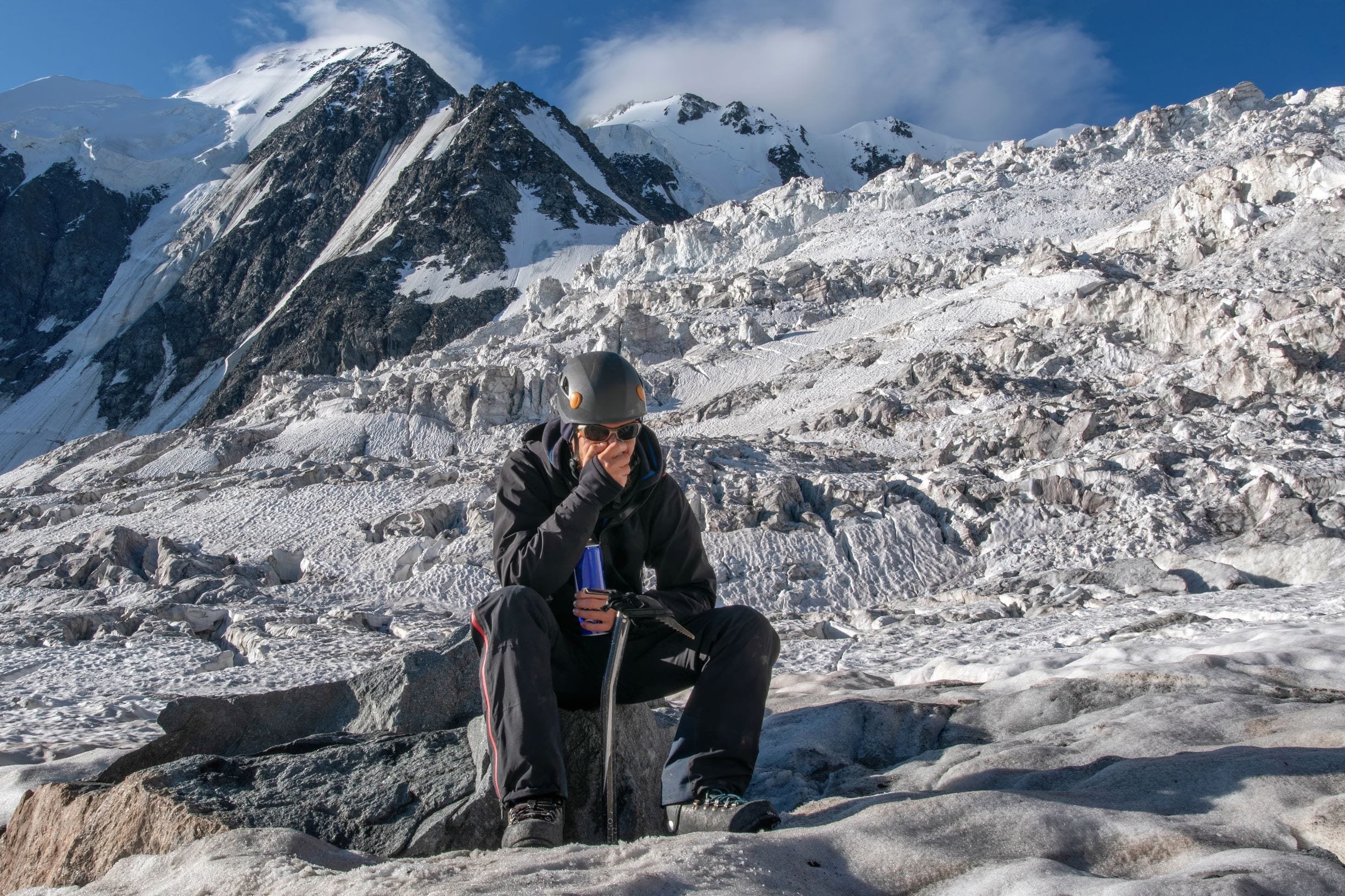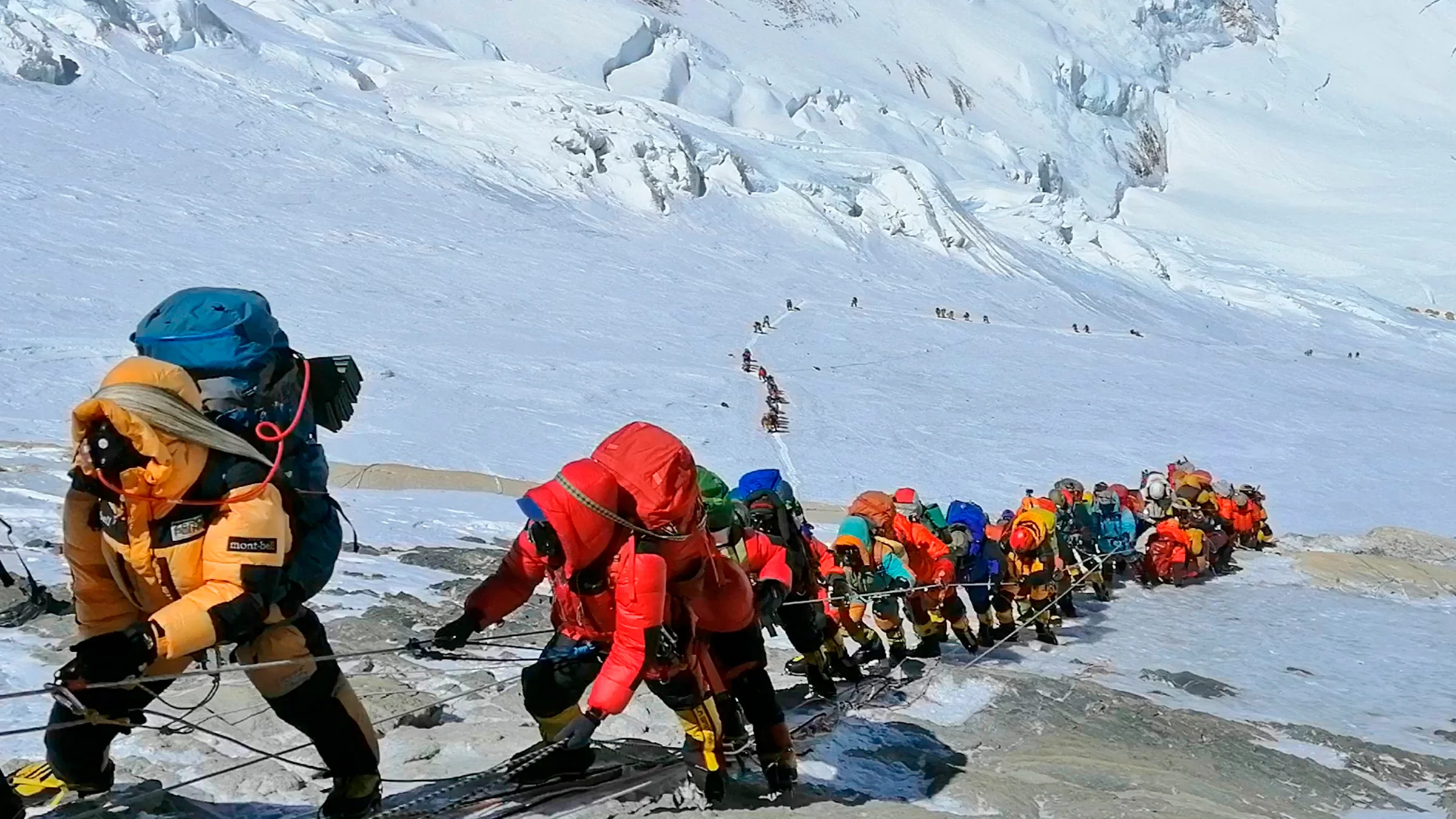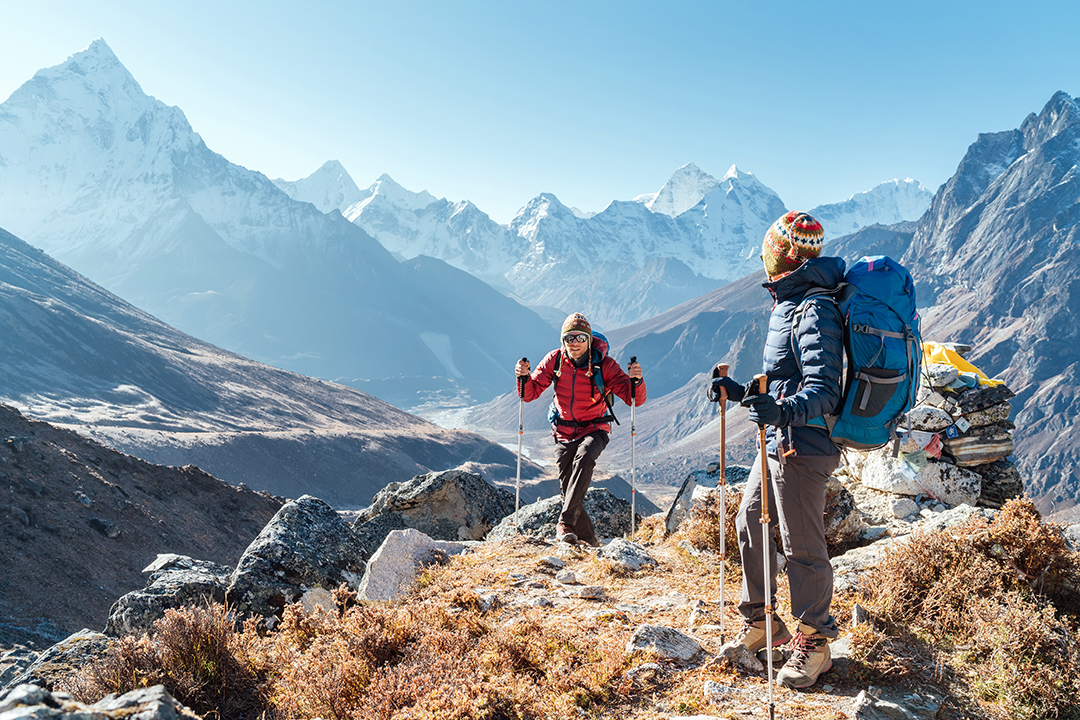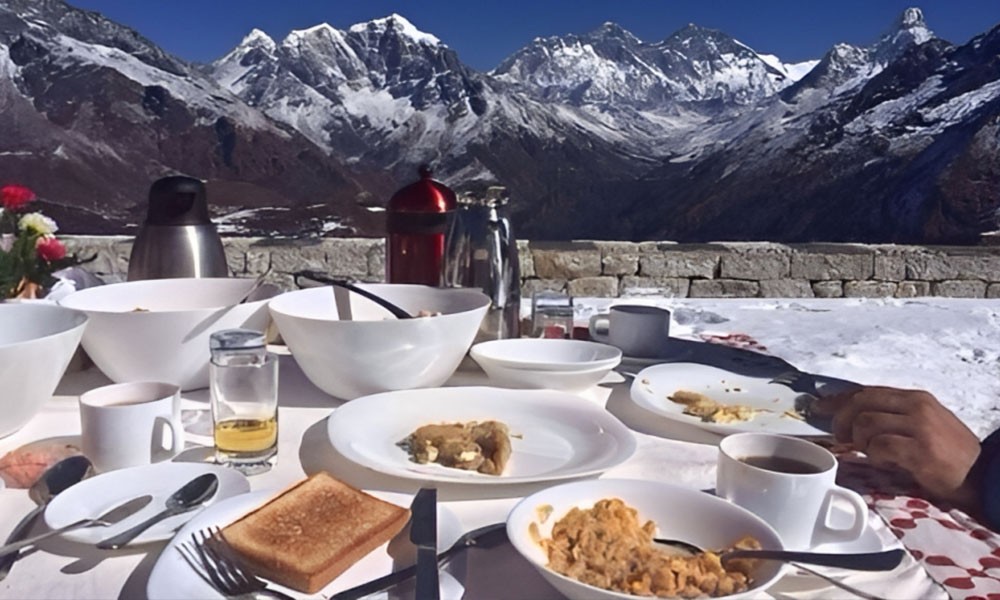
Altitude Sickness
Altitude Sickness Prevention and Management
Why it’s important
Altitude sickness, also known as acute mountain sickness (AMS), occurs when the body cannot adjust to the reduced oxygen levels at higher altitudes. In the Everest Region, trekkers are exposed to altitudes that can reach well over 5,000 meters (16,404 feet), where oxygen levels are significantly lower than at sea level. Even with gradual acclimatization, altitude sickness can affect anyone, regardless of their fitness level.
In the Everest Region, altitude sickness can cause a range of symptoms, from mild headaches and dizziness to more serious conditions like High Altitude Pulmonary Edema (HAPE) and High Altitude Cerebral Edema (HACE), which can be life-threatening. As trekkers ascend, the likelihood of experiencing AMS increases. It is critical to understand how to prevent and manage the symptoms to ensure a safe and successful trek.
Key Locations and Their Role in Altitude Sickness Management
Lukla (2,860m/9,383ft)
Lukla, although not particularly high, is the starting point for most trekkers heading to the Everest Region. The flight to Lukla is often turbulent, and the sudden altitude change from sea level to over 2,800 meters can impact some trekkers immediately. Though altitude sickness is less common here, it's crucial to rest and hydrate before starting the trek up to Namche Bazaar.
Importance for Altitude Management
- Rest and Hydration: After arriving in Lukla, trekkers should take the time to rest and drink plenty of fluids. It's also recommended to avoid strenuous activity on the first day to help the body adjust to the higher altitude.
- Preparation: Start your trek with a slow pace and be mindful of early signs of altitude sickness, such as headaches or light-headedness.
Namche Bazaar (3,440m/11,286ft)
Namche Bazaar is the first major stop for trekkers on their way to Everest Base Camp, and it's one of the most vital points for acclimatization. Situated at 3,440 meters (11,286 feet), it is an ideal location to adjust to the altitude before ascending higher. Spending an extra day in Namche, known as an acclimatization day, allows the body time to adapt to the reduced oxygen levels.
Importance for Altitude Management
- Acclimatization Days: Spending at least two nights in Namche Bazaar allows the body to get used to the altitude. It’s not uncommon for trekkers to feel tired or have trouble sleeping, so it’s important to listen to your body and avoid overexertion.
- Day Hikes for Acclimatization: Trekking to nearby locations like Everest View Hotel (3,880m/12,730ft) or Tengboche for a day hike helps your body adjust without going too high too quickly. These short hikes allow your body to experience altitude without the strain of continuing on the main route.
Tengboche (3,867m/12,684ft) and Dingboche (4,410m/14,469ft)
As trekkers move higher, the risk of altitude sickness increases. Tengboche and Dingboche are both important acclimatization stops in the Everest Region. Tengboche, known for its monastery and stunning views of Mount Everest, is located at 3,867 meters (12,684 feet), while Dingboche lies at 4,410 meters (14,469 feet).
Importance for Altitude Management
- Tengboche: After leaving Namche, the trek to Tengboche allows trekkers to continue ascending gradually. This village provides an excellent stop for acclimatization, and trekkers can rest, explore the Tengboche Monastery, and enjoy panoramic views of Mount Everest, Ama Dablam, and Lhotse.
- Dingboche: At 4,410 meters, Dingboche is a crucial stop on the trek to Everest Base Camp. Here, trekkers should take at least one full acclimatization day to adjust to the altitude. The town is a popular spot for trekkers to rest before heading further toward Lobuche (4,940m/16,207ft) and Everest Base Camp.
Precautions for Altitude Sickness Prevention
To avoid the dangerous effects of altitude sickness, trekkers should follow several important precautions during their journey through the Everest Region.
Slow and Steady Ascent
- Ascending too quickly is the leading cause of altitude sickness. Gradual increases in elevation allow the body to adjust to the lower oxygen levels.
- Namche Bazaar, Tengboche, and Dingboche are critical acclimatization points. Spending extra days in these locations helps trekkers adjust before moving higher up the mountain.
Acclimatization Days
- Acclimatization days are a vital part of any Everest trek. These days allow trekkers to rest and give the body time to adapt to the altitude.
- Following the principle of “climb high, sleep low”, trekkers should take day hikes to higher altitudes and return to a lower elevation to sleep. This approach increases the body’s ability to acclimatize.
Carry Oxygen and Medication
- Portable oxygen bottles can be helpful in emergencies. Some trekkers may not need it unless they show signs of severe altitude sickness. It's advisable to carry a small supply for emergencies.
- Medication: Medications like Diamox (acetazolamide) can help prevent altitude sickness, but it should only be taken under the guidance of a doctor.
Hydration and Proper Nutrition
- Staying well-hydrated is essential in the thin air of the high-altitude environment. Dehydration worsens the effects of altitude sickness.
- Ensure a balanced diet with plenty of carbohydrates to help the body cope with the exertion of trekking at altitude. Snacks like nuts, energy bars, and fruit can provide the necessary fuel during the trek.
Recognizing Symptoms of Altitude Sickness
It is important to recognize the early symptoms of altitude sickness so that trekkers can take action immediately. Some common symptoms include:
- Headache
- Nausea and vomiting
- Dizziness or lightheadedness
- Loss of appetite
- Fatigue or weakness
- Difficulty sleeping
If symptoms worsen, such as difficulty breathing, confusion, or a persistent cough, immediate descent to a lower altitude is necessary. In severe cases, medical evacuation may be required. Preventing and managing altitude sickness is critical when trekking in the Everest Region. By following proper acclimatization protocols, taking adequate rest, staying hydrated, and monitoring for symptoms of altitude sickness, trekkers can ensure their safety and enjoy the breathtaking beauty of the Everest region. Being aware of key locations like Namche Bazaar, Tengboche, and Dingboche, and making use of acclimatization days, significantly reduces the risk of altitude sickness. Safety should always come first to ensure a successful and memorable adventure in the Himalayas.



